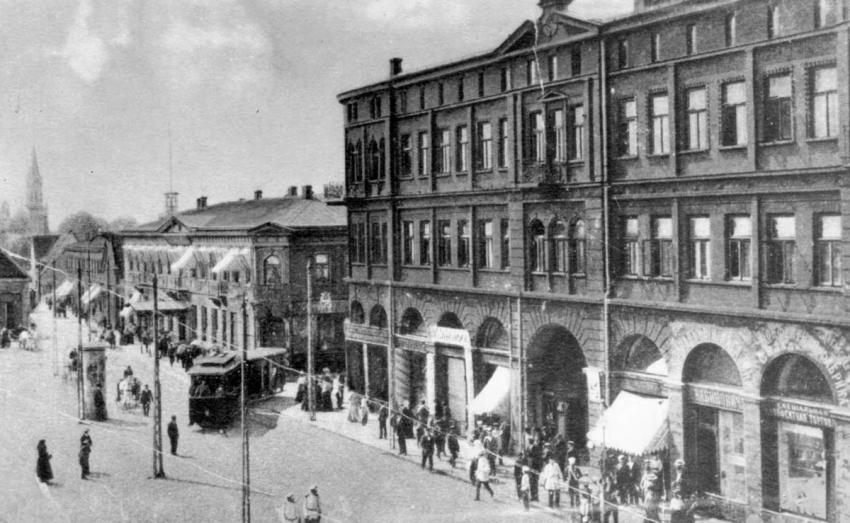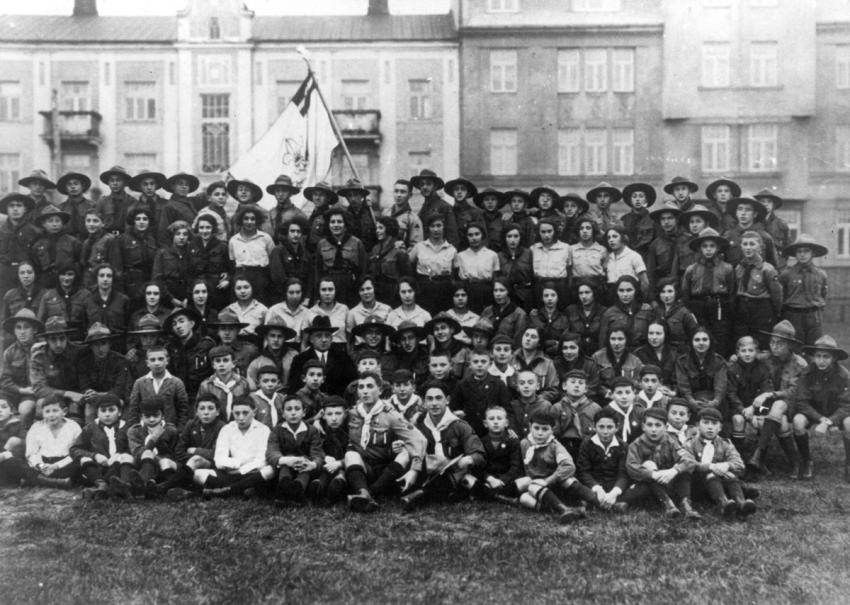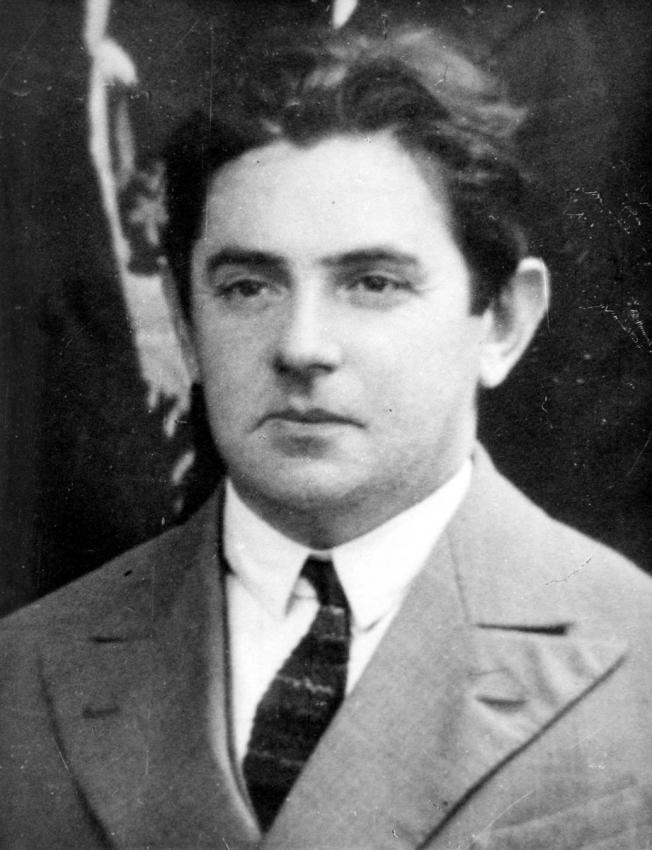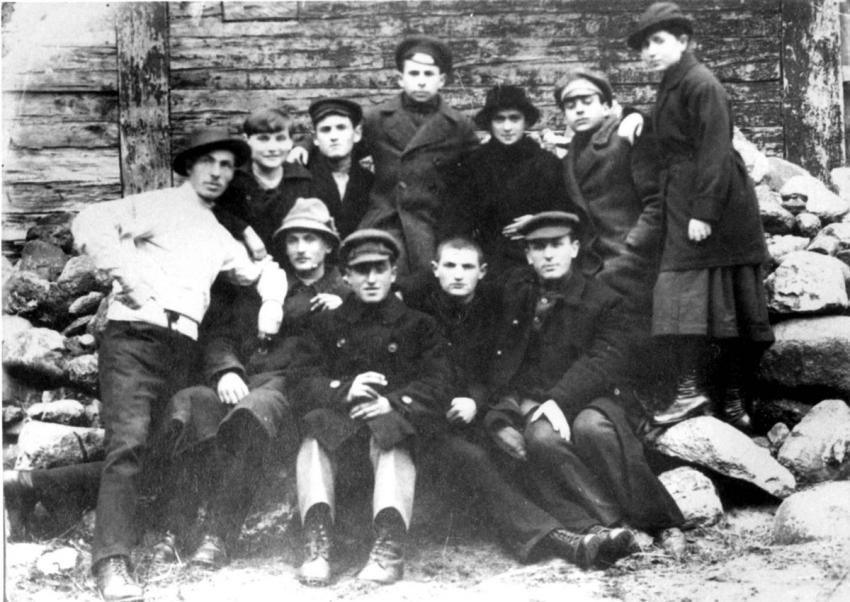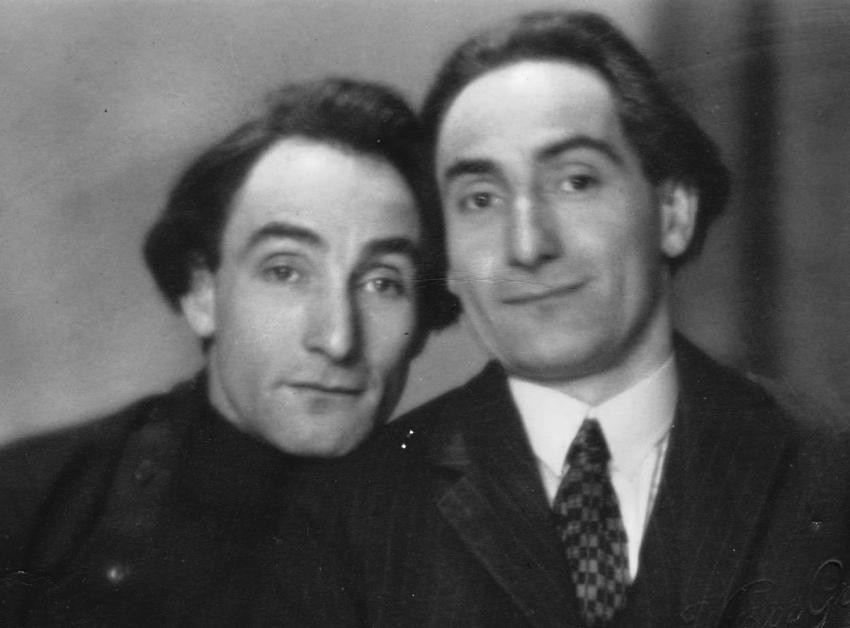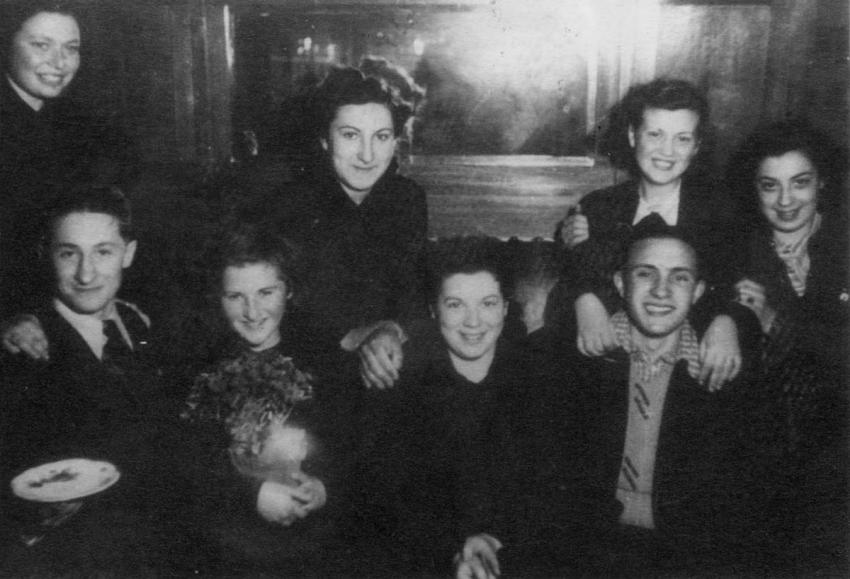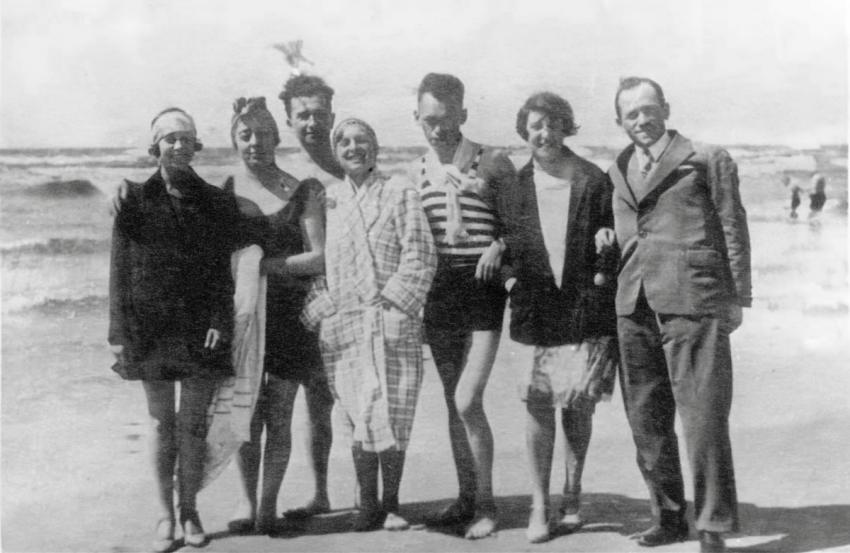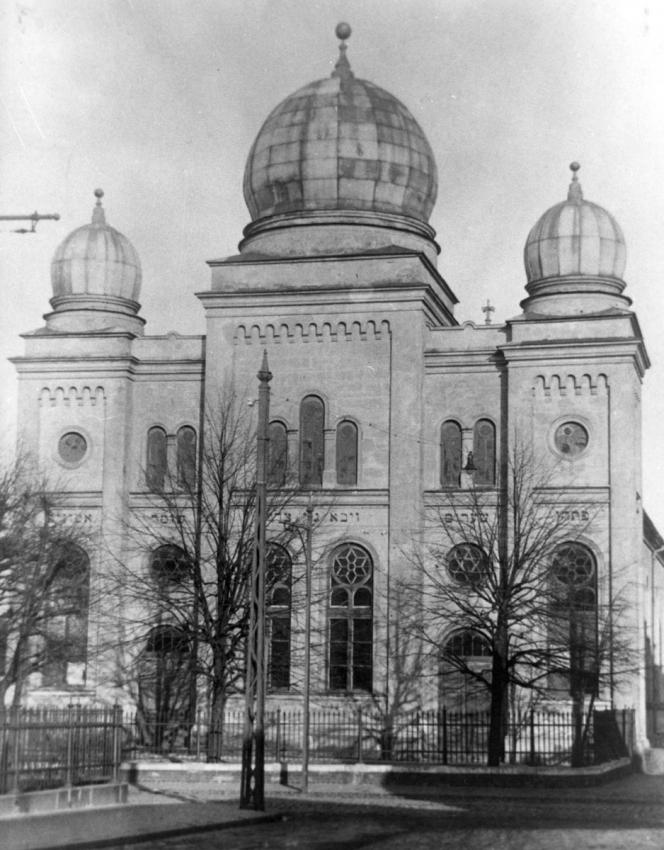The majority of the Jewish residents of Liepāja were Zionist. The Chairman of the Community Committee, Dr. Aharon Bar-Nurok, was a "Mizrahi" man. In 1928, the community appointed Rabbi Menachem Isser Polonsky as Chief Rabbi of the city; he served in this role until the community's liquidation. At the "Choral Synagogue," the main synagogue in the city, there were some 1,000 seats for worshippers, as well as a choir, cantor and conductor. The city also boasted Batei Midrash (centers for religious study) and prayer houses, built alongside charitable institutions.
The OSE (children's welfare) organization ran a kindergarten for the children of Jewish émigrés passing through Liepāja, and provided them and their parents with free health care, health instruction and tens of thousands of meals each year. The city had a functioning hospital, clinic, pharmacy – where subsidized medicines were available for the needy – and a rest home for those recovering from tuberculosis. The Joint (JDC) and other local associations helped the children, distributed food, clothes and meals, ran the schools and organized summer day camps, as well as credit and charitable loans. Two schools, in Yiddish and Hebrew, operated in the city, as well as a Talmud Torah.
Branches of Tze'irei Tzion, the Social Zionists, the General Zionists, Mizrahi, a number of revisionist organizations (including youth and women's organizations), the People's Party (Volkspartei), the Bund and other Jewish parties were all present in Liepāja, most of which ran libraries, cultural centers and youth groups. In addition, Zionist pioneering parties were active in the city, including Hechalutz and Hashomer Hatzair. The Maccabi, Maccabi Youth and Hakoach athletic groups ran sports fields, clubs and even a drama group. Four Jewish newspapers circulated in the city, during different periods throughout the years. At the beginning of the 1930s, about one-third of the Jews in Liepāja voted in the elections for the Zionist Congress.
A Yiddish school connected with the "Tzisho" Yiddish educational network operated in the city, as well as a German elementary school, which changed its language of instruction to Hebrew after pressure by the Zionist groups. The private "Tarbut" and "Agudath Yisroel" networks ran other schools. The city had both government-run and private high schools and gymnasia (high schools with an emphasis on academic excellence), in which lessons were taught in Russian, German and Yiddish. One of these provided professional training for refugees fleeing Nazi Germany.
The 1930s also saw the increase in influence of the Latvian ultra-nationalist and antisemitic political party "Pērkonkrusts" (Thunder Cross). In 1934, with the rise to power of the Ulmanis nationalists in Latvia, the Jewish community in Liepāja underwent changes. The Jewish schools united and teachers sympathizing with the Bund were fired and jailed. Agudath Yisroel strengthened and established youth and women's organizations, religious establishments and educational institutions.
By World War II, one-quarter of Liepāja's Jewish residents had emigrated from Latvia.
